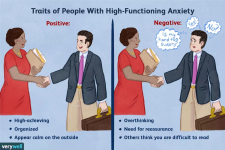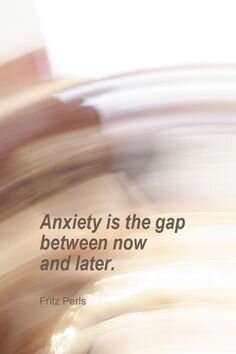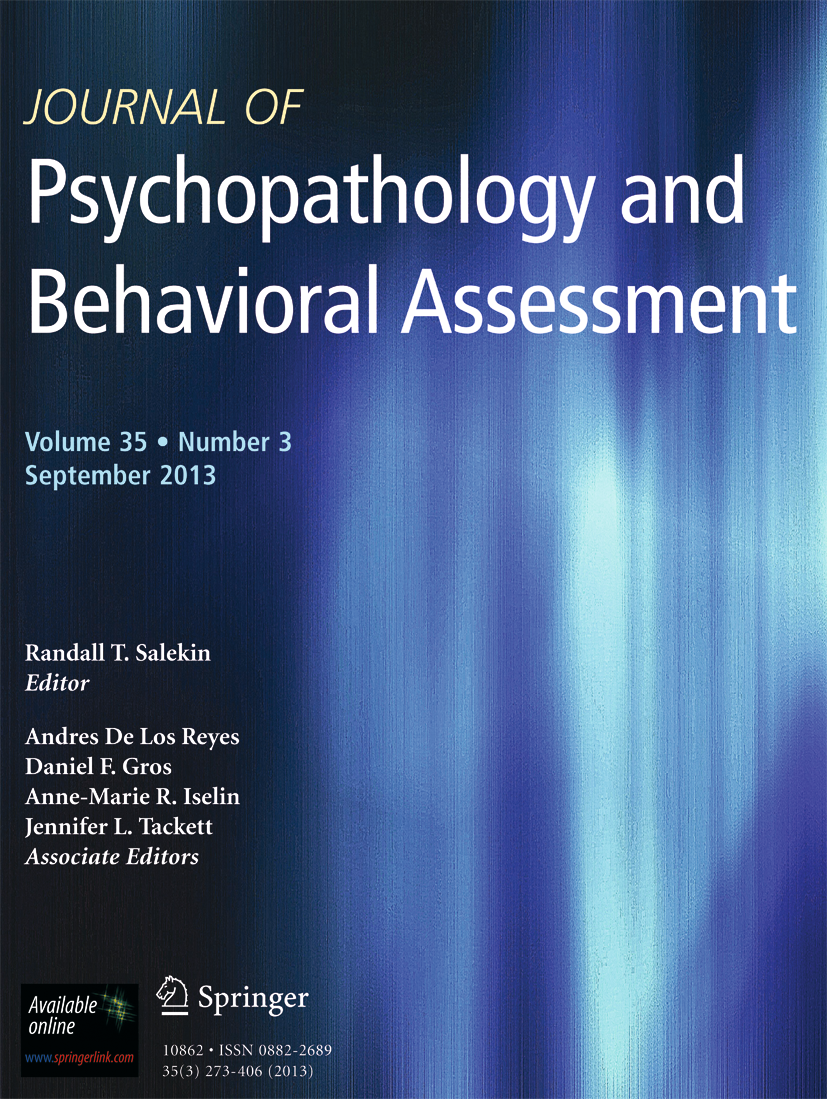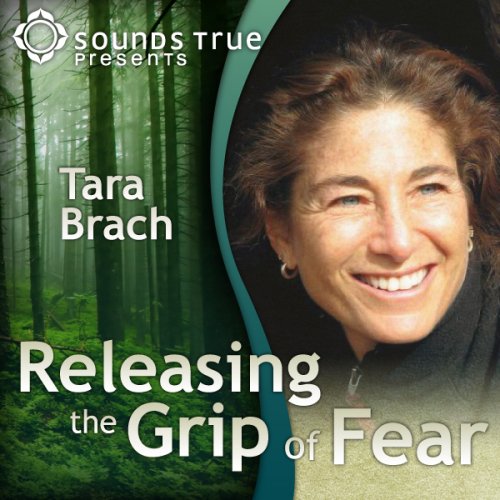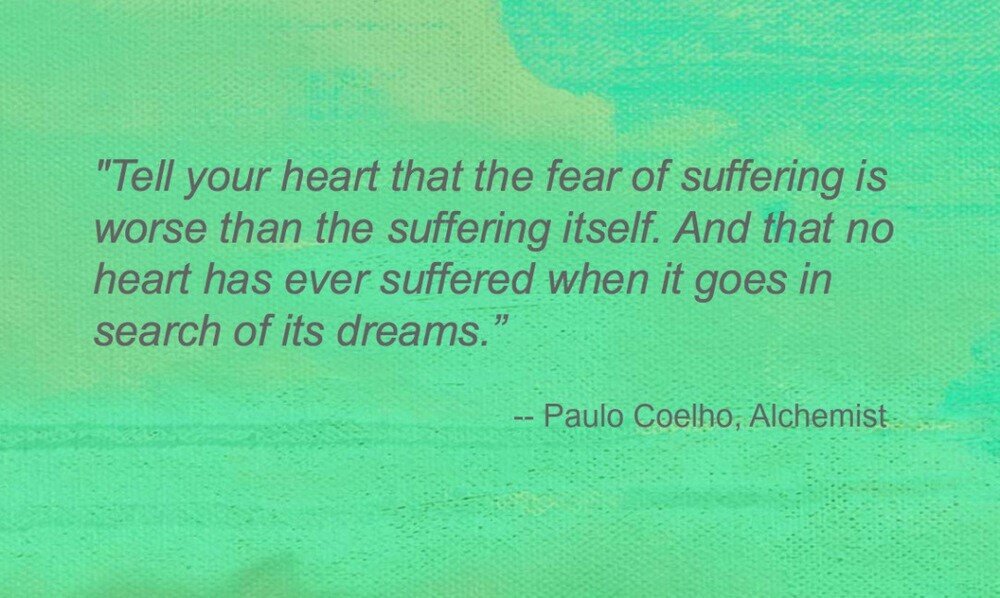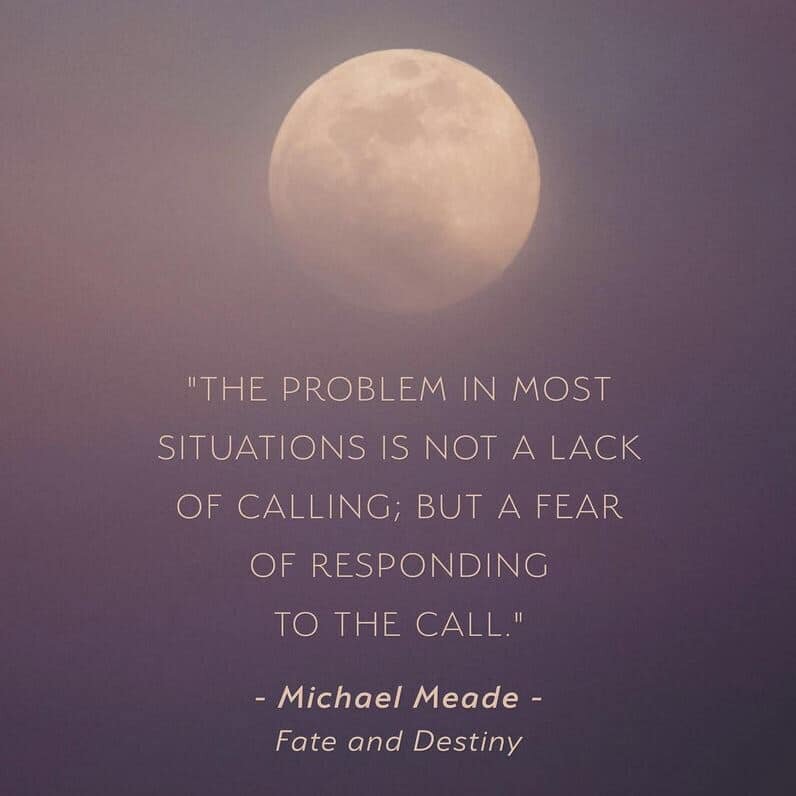
An Alternative Theory of Generalized Anxiety Disorder
Worry in people with GAD may be deployed to avoid unpleasant surprises and invite pleasant ones.
According to their Contrast Avoidance Model (CAM), what worry prevents is not negative emotional arousal per se, but rather sharp negative emotional swings...
This notion is analogous to the idea that some people adopt consistent pessimism as a way to avoid crushing disappointments...
Moreover, despite the fact that chronic worry is stressful, emotionally noxious, and physically taxing, people with GAD tend to hold positive beliefs about worry, viewing it as a useful coping strategy, a means of preparing for trouble, and a motivational force toward self-protection. Commonly, worry thoughts become a protective superstition: Having worried much about catastrophes that failed to materialize, people with GAD come to believe that worrying in fact prevents catastrophes from happening. CAM theory suggests that worry's role in preventing sharp negative emotional turns may be another, central reason it is embraced and maintained...
If the new theory is supported further, it may have implications for therapy as well. GAD is difficult to treat successfully, and this may be due in part to our incomplete understanding of the nature of fear in GAD. CAM suggests that a principal fear underlying worry in GAD is of negative emotional contrast. If that's the case, then therapists may usefully look to target specifically clients’ contrast avoidance—for example, by repeatedly following relaxation with negative emotional stimuli or by exposing clients to contrasting pleasant and then unpleasant images in quick succession. Facing the fear of negative contrast experiences directly may help extinguish it, thus releasing clients from GAD's worry trap.
Last edited:

